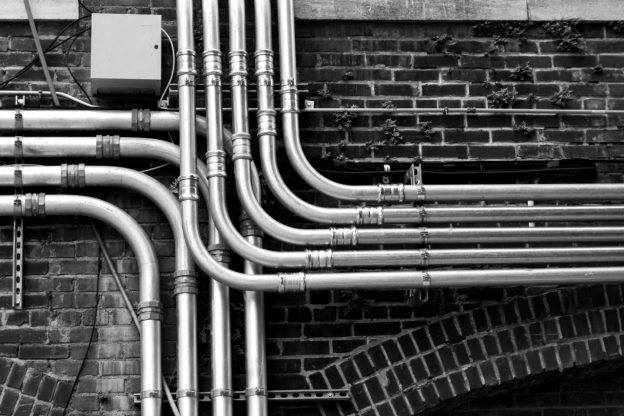
Have you ever woken up to the ominous sound of dripping water only to discover a burgeoning pool beneath your kitchen sink? In St. Petersburg, where the charm of older homes meets the harsh realities of humidity and wear, pipe leaks are not just common; they’re an imminent threat to your home and wallet. Leaking pipes can quickly escalate from a minor nuisance to a full-blown crisis, wreaking havoc on your property and finances.
This article is designed to empower you, the vigilant homeowner, with essential knowledge and tools to handle pipe leaks in St. Petersburg.
Pipe Leaks in St. Petersburg
Common Causes of Pipe Leaks
Age of Plumbing: Many homes in St. Petersburg boast of historical charm, which often comes with aging pipes that are prone to corrosion and deterioration over time.
Corrosive Water: The mineral content in local water can be hard on pipes, gradually eroding their interiors and leading to leaks.
Tree Roots: In a city with abundant green spaces, tree roots often seek out water sources, sometimes invading and damaging pipelines.
Temperature Fluctuations: Though not as extreme as in colder climates, the subtle shifts in temperature here can cause pipes to expand and contract, sometimes resulting in cracks.

Signs of Pipe Leaks
Unexpected Increase in Water Bill: A sudden spike in your water bill often indicates hidden leaks.
Mold and Mildew: Excessive moisture from a leak creates a prime habitat for mold and mildew, especially in hidden areas like under sinks or behind walls.
Water Stains or Damage: Discolored patches on walls or ceilings can be a telltale sign of leaking pipes.
Musty Odors: Persistent musty smells may suggest water accumulation from a leak, often in places that are not immediately visible.
Sounds of Running Water: Hearing water when no tap is open can indicate a leak somewhere in your plumbing system.
Emergency Measures: Temporary Shut-off Procedures
Locate the Main Water Shut-Off Valve
For Houses: Typically found near the water meter or where the main water line enters your home; often in the basement, garage, or outdoors.
For Apartments: If you don’t have an individual shut-off valve, contact your building manager immediately.
Turn Off the Valve: Rotate the valve clockwise until it stops. This valve could be a gate valve (a wheel) or a ball valve (a lever), depending on your plumbing.
Check Faucets: Open a faucet on the lowest floor of your home to drain any remaining water in the pipes. This helps prevent any residual water from causing more issues.
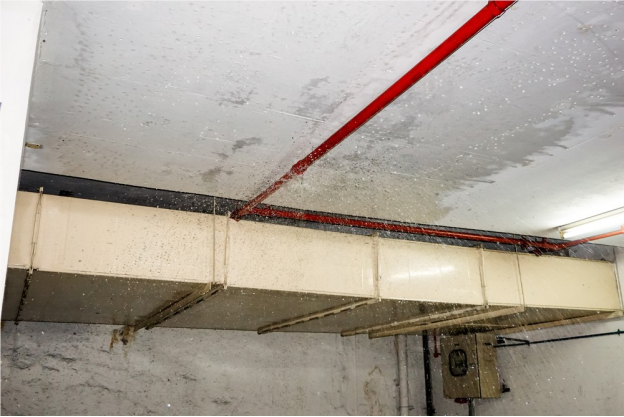
Temporary Fixes to Minimize Damage
Pipe Clamps: These are specially designed to provide a tight seal over the leak. They can be applied to smaller pinhole leaks as a temporary fix.
Epoxy Compounds: For small leaks, an epoxy compound can be molded around the pipe. It hardens, sealing the leak temporarily. Ensure the area is dry and clean before application.
Rubber Pipe Connectors: If the leak is at a joint or fissure, a rubber connector can be used. This wraps around the pipe and is tightened with hose clamps, sealing the leak.
Water-Activated Fiberglass Tape: This tape adheres to itself and can form a solid, waterproof seal around leaky pipes. It's an excellent temporary measure for small to medium-sized leaks.
Effective Repair Options
Professional Repairs: Investing in Longevity
Hidden Leaks: Leaks behind walls or under floors are best handled by professionals who can minimize structural damage.
Major Pipe Damage: Extensive corrosion or widespread issues in older homes typically require system-wide assessment and intervention.
Upgrades to Plumbing System: Updating old metal pipes to modern materials like PVC or PEX can prevent future leaks and improve water quality.
Choosing the Right Repair Method
Pipe Relining: This method involves inserting a new liner inside the existing pipe, which is less invasive and often more cost-effective than replacing entire pipes.
Pipe Bursting: For severely damaged pipes, this technique pulls a new pipe through the old one, effectively replacing it without extensive excavation.
Spot Repair: This is used for isolated areas of damage where the rest of the piping is in good condition.
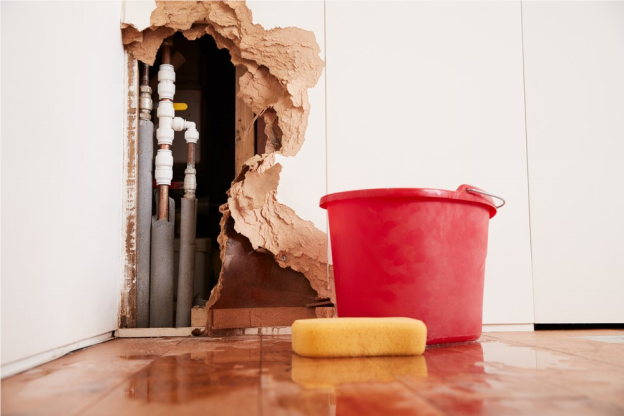
Cost Considerations
Transparent Pricing: Ensure the quote includes all potential costs, such as parts, labor, and contingencies for unexpected issues.
Warranty Offered: A warranty on both the parts and labor can provide peace of mind and protect your investment.
Reputation and Reviews: Check online reviews and ask for local references to gauge the reliability and quality of the plumber's work.
Choosing the Right Contents Restoration Company
Detailed Breakdown of Services: Each quote should clearly list what the service covers. Look for details about the parts to be used, the scope of labor, and any guarantees on the work performed.
Comparison Shopping: Obtain quotes from several companies to compare prices and services. This will help you understand what is reasonable and what constitutes an extra charge.
Warranty and Follow-Up Support: A good company will offer warranties on both parts and labor. They should also provide follow-up support to address any issues that might arise after the repair.
Don't Let Leaks Linger! Contact Flood Pros USA
Dealing with a leaking pipe can quickly turn from a minor annoyance into a major financial headache. But it doesn't have to!
At Flood Pros USA, we specialize in quick, effective, and affordable solutions to not just mend your immediate pipe problems but also to ensure you're safeguarded against potential future disasters. We offer same-day restoration services in St. Petersburg to tackle emergencies right when they happen. From water damage restoration and mold remediation to fire damage cleanup, our certified professionals are ready to bring their expertise to your doorstep.
Tags
Subscribe to Flood Pros USA's Blog


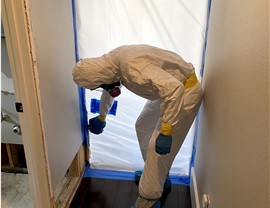
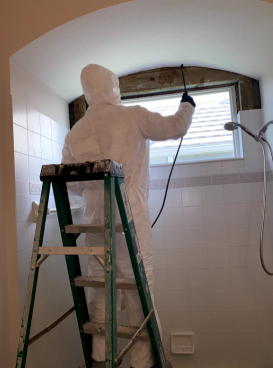
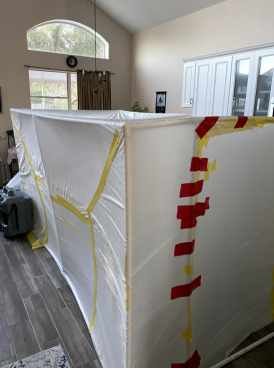
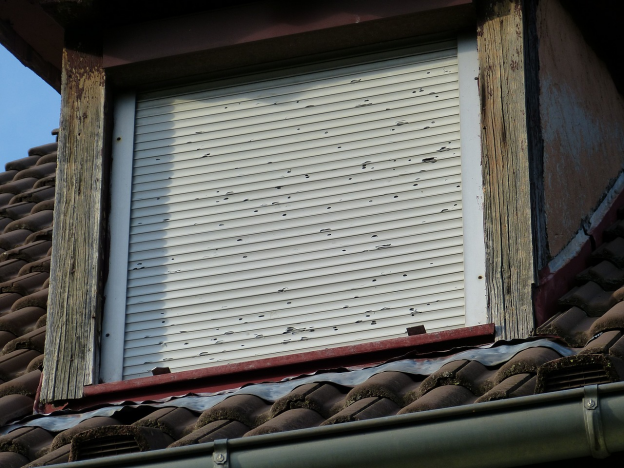

Comments